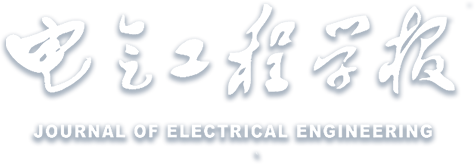Abstract:
The traditional algorithms for achieving the maximum power point tracking(MPPT) of photovoltaic(PV) arrays have been relatively mature, but it is difficult to achieve the global maximum power point tracking(GMPPT) after the appearance of local shadows. To solve this problem, researchers have proposed to apply swarm search algorithms such as particle swarm optimization(PSO) algorithm to the MPPT control process. Although the operating point can be controlled to be stable at the global maximum power point, the convergence ability of the algorithm depends on the core parameters, which will lead to system oscillation in the application process in a certain chance. In response to the above problems, the jump explore incremental conductance(JEINC) method which based on the incremental conductance(INC) method is proposed, which has a stronger exploratory capability than the traditional conductance increment method and can achieve the GMPPT control under partial shading condition, while the algorithm has a better convergence capability and can be quickly stabilized when the operating point is located near the maximum power point. Simulations in Matlab are performed in three lighting environments to verify the superiority of the proposed algorithm compared with the INC and PSO in terms of stabilization time, transient process energy, and tracking effect.


 下载:
下载: